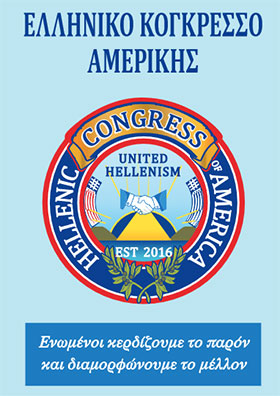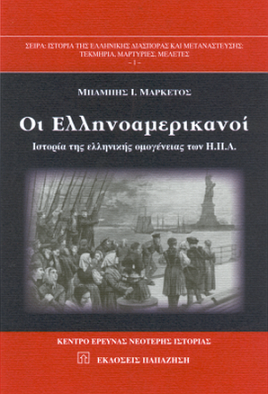The new Athens Olympic Museum promotes the spirit of sportsmanship and athletic prowess

The new Athens Olympic Museum has joined the Olympic Museums Network, which has now reached 28 members worldwide which combine to create a unique platform for the promotion of Olympic ideals.
The Athens museum, founded by the Hellenic Olympic Committee and International Olympic Committee, opened its gates on 14 May this year, and its goal is to shed light on the history of the Olympic Games from antiquity to the present day. It also highlights the spirit of fair play as a universal value, the decisive role of Greece in the promotion of Olympism and the emergence of Athens as the Olympic capital, while also paying tributes to Greek athletes who have won medals in the Olympic and Paralympic Games all the way to the promotion of the spirit of sport itself.
Core values of the museum include the preservation of Greek sporting heritage, the promotion of the cultural aspect of sports and respect for the sportsmanship and Ancient Greek ideals.
Great emphasis is also placed on the effort and perseverance required, not just in sports but also as a life stance. Then there is the spirit of sport and constructive competition, as exemplified by the Olympic truce – the sacred ancient Greek tradition that dates back to 776 BC, according to which all participants in armed conflicts should lay down their arms for the duration of the Games; the International Olympic Committee has promoted a revival of this concept, with the establishment of the International Olympic Truce Foundation and the International Olympic Truce Centre in cooperation with Greece.

The museum’s team have collaborated with more than 40 national and international cultural institutions, including major international museums such as the British Museum, the Metropolitan Museum of Art in New York, the State Hermitage Museum in St. Petersburg, the National Archaeological Museum in Naples and the Bavarian State Archaeological Collection in Munich, but also other Greek organisations such as the Archaeological Museum of Olympia, the Benaki Museum, the Hellenic Historical and Literary Archives, etc.
The collections are thanks to the valuable donations from the Greek Olympic and Paralympic medallists who have offered medals and other items to strengthen the collection, along with items offered by other collectors and private donors.
From an architectural perspective, the building’s modernist and minimalist interior structure, clear lines and bright materials call attention to the exhibits. Connected by a pedestrian bridge to the Spyros Louis Olympic Athletic Centre, the venue of the Athens Olympic Games in 2004, the site of the venue is symbolic and convenient for sports lovers.
Modern technology is used to immerse visitors into the history of the Games with access to audiovisual materials, including videos, animation, interviews and graphic displays, display screens and interactive applications. The permanent exhibition of the Olympic Museum of Athens is organised into thematic sections, with each complementing and leading to next one. The exhibition’s narrative is centred around three basic stages in the history of the Games: their birth in Ancient Olympia, the revival in Athens in 1896, and their “homecoming” with the Athens 2004 Olympics.
S:neoskosmos.com










Σχόλια Facebook